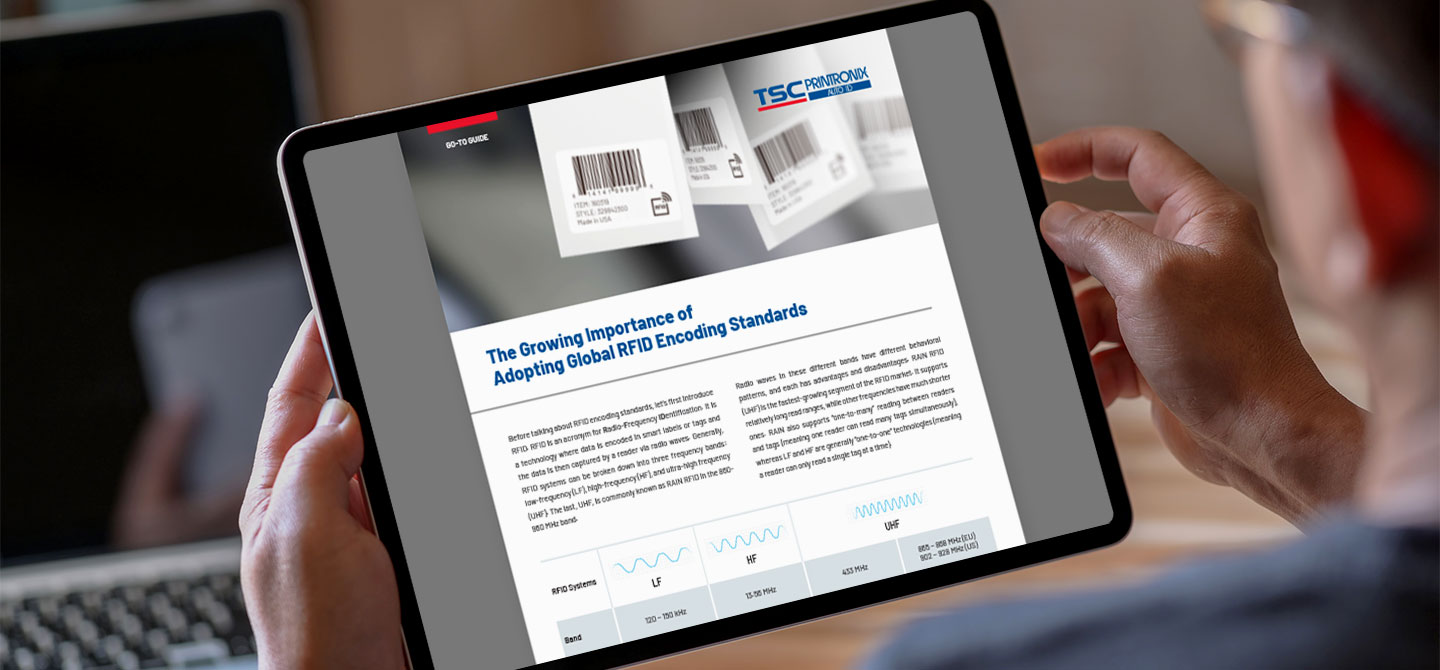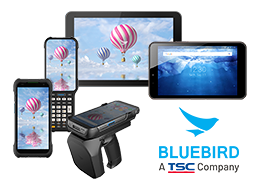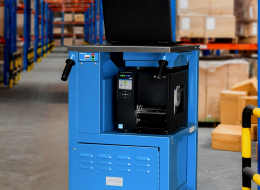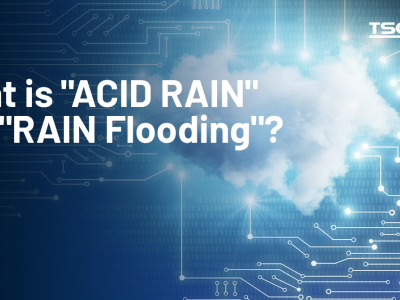Why Global RFID Encoding Standards Matter

Radio Frequency Identification (RFID) encoding and tags offer a powerful solution for better inventory tracking, management, and movement of goods throughout the supply chain. Industries from horticulture to cannabis—and major retailers such as Walmart—are leveraging RFID to improve business operations.
The success of RFID technology depends on global standards to ensure that products are trackable across any applicable value chain. Tags might be put on returnable transport items, clothing, or parts that are shipped to customers. It would be impossible for multiple parties to read the same RFID tags if the data on the tags were not standardized.
This is why regulatory authorities become crucial. They set information standards that can be standardized across all locations. Our latest eGuide outlines all the details, from an introduction to RFID all the way to RFID standards, challenges, and solutions. You can download the eGuide here: The Growing Importance of Adopting Global RFID Encoding Standards.
Tag Data Encoding Standards
The International Standards Organization (ISO) and GS1 are two organizations that work together to approve and implement standards and protocols for RFID universal specifications. There are two main categories of tag data encoding standards:
- GS1’s EPC Tag Data Standard (TDS)
The EPC Tag Data Standard (TDS) from GS1 specifies the data format of the Electronic Product Code (EPC) and provides encodings for numbering schemes within an EPC, including the GS1 keys. TDS also defines the information transmitted by Gen 2 RFID tags. UHF (and HF) passive RFID tags are the focus of GS1 standards, and they comply with the GS1 EPC UHF Gen2 air interface protocol.
- Various ISO-Based Standards
These standards are ideal for encoding relatively complex data and “closed-loop” applications where the data is not shared across trading partners. Different standards exist, which define ISO-based encodings. The best starting point to track down relevant standards is the ISO/IEC 15961-2 Data Constructs Register, which is currently maintained by the global industry alliance for automatic identification (AIDC) technologies, AIM. Based on a user’s specific application, the user can identify the most aligned “Application Family Identifier” (AFI) and associated ISO standards for detailed guidance on encoding.
Using proper encoding standards can prevent challenges such as Acid RAIN, where tags from another application are mistakenly detected by your target application.
Many Benefits of RFID
Standards-based numbering systems offered by the RAIN Alliance, GS1, and ISO ensure unique and proper RAIN RFID encoding on a tag. RFID tags offer numerous benefits in business applications, such as ensuring that data can be captured and interpreted by all trading partners—every checkpoint across the global supply chain receives the same information when tags are standardized.
Properly encoded RFID tags can eliminate confusion from duplicated data, ensuring only one tag has that unique number so that tagged items can be correctly identified. Accurate encoding enables RFID to support global supply chain efficiency. For example, following the journey of a California-grown avocado to its final destination at a Mexican restaurant is made possible with RFID. From the farm to the wholesale distributor, to the pallet, and finally the restaurant, it results in complete food traceability, transparency, and trust until it safely reaches the consumer.
The same is true for many industries, including automobile production and tires.
Global RFID standards paired with proper encoding make the difference in successful RFID implementation.
Download your copy and read the full eGuide for additional insights here, “The Growing Importance of Adopting Global RFID Encoding Standards.”








































